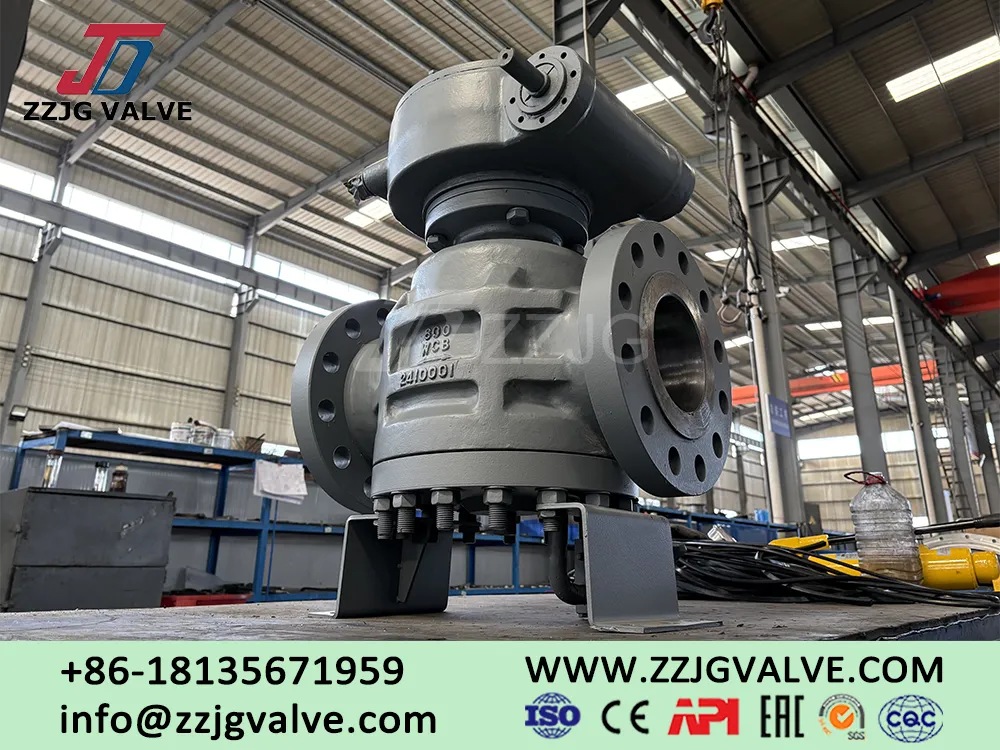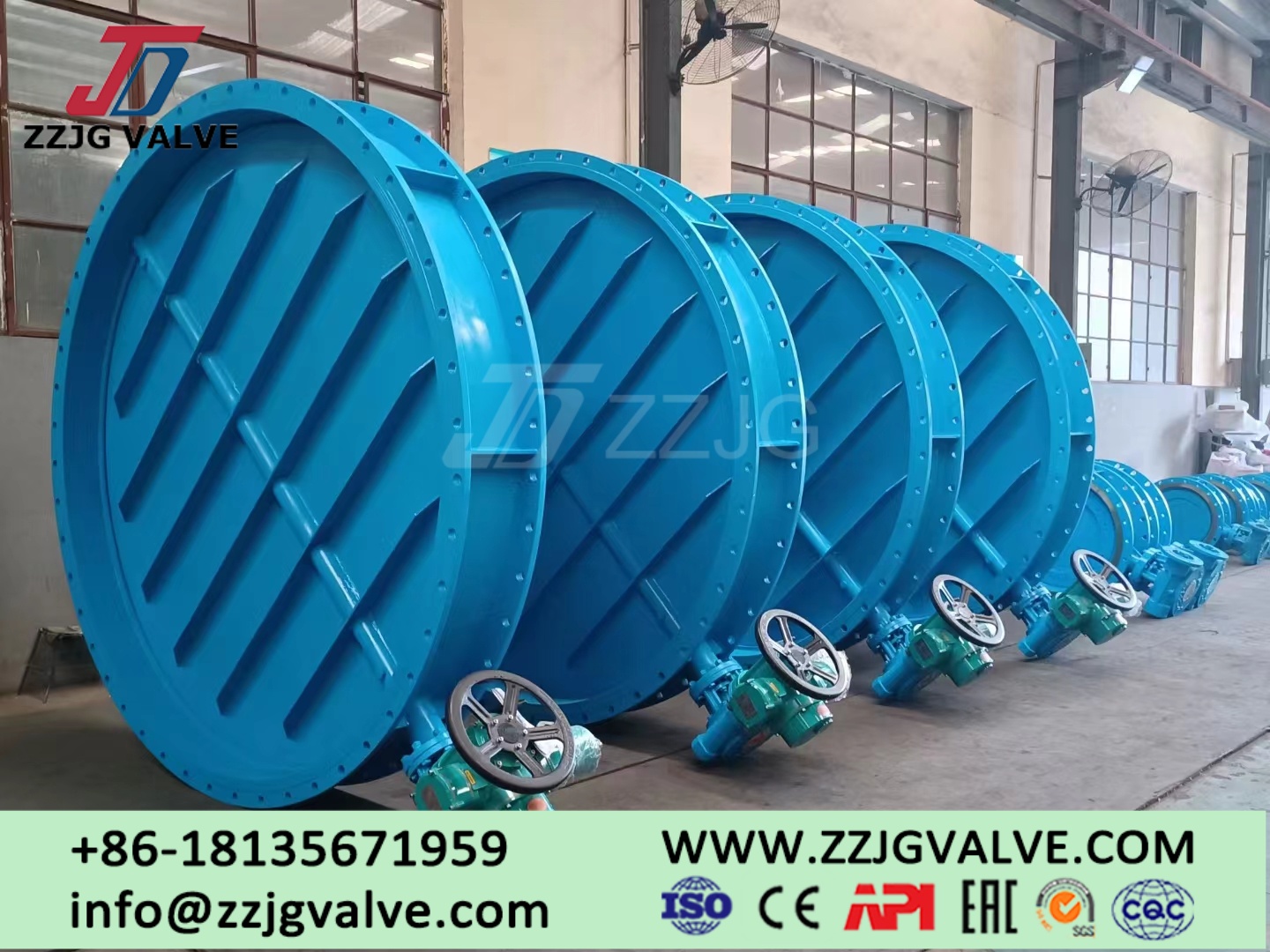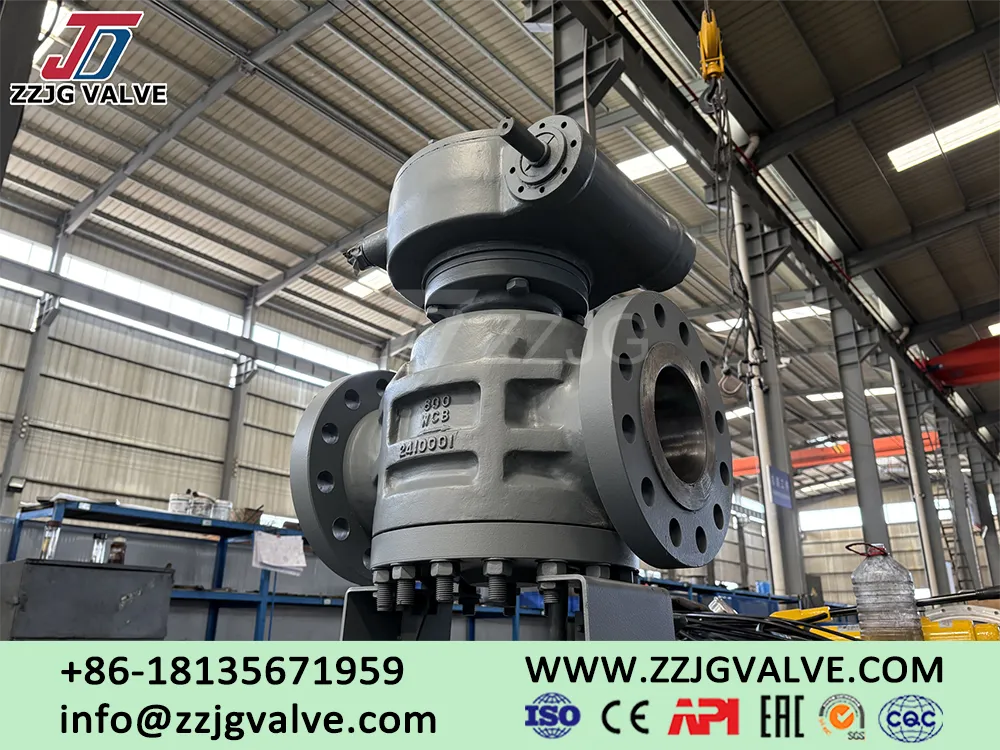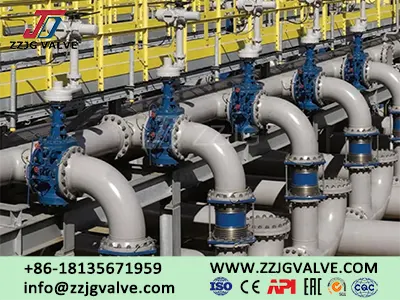Introduction to DBB Plug Valve
1.Definition and Basic Structure
The Double Block&Bleed(DBB)Plug Valve is a highly reliable and versatile type of valve designed to provide positive shut-off in a wide range of industrial applications. It consists of a cylindrical or conical plug with a port or passage that rotates within a body to control the flow of fluid. The valve body houses the plug and provides the necessary sealing surfaces. The stem connects the plug to the external actuator, allowing for precise control of the plug's rotation. The actuator, which can be manual, pneumatic, hydraulic, or electric, is responsible for rotating the plug to open or close the valve. Seals are installed between the plug and the body, as well as between the stem and the body, to prevent fluid leakage.
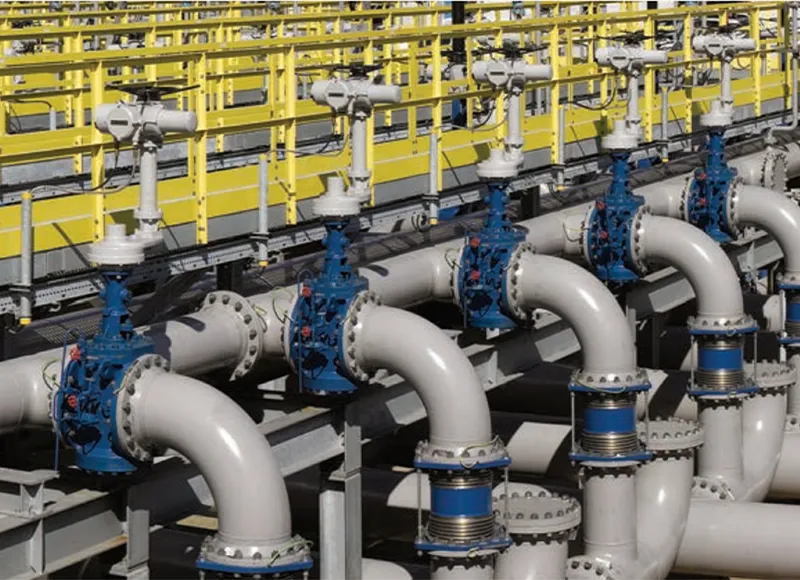
2.Working Principle
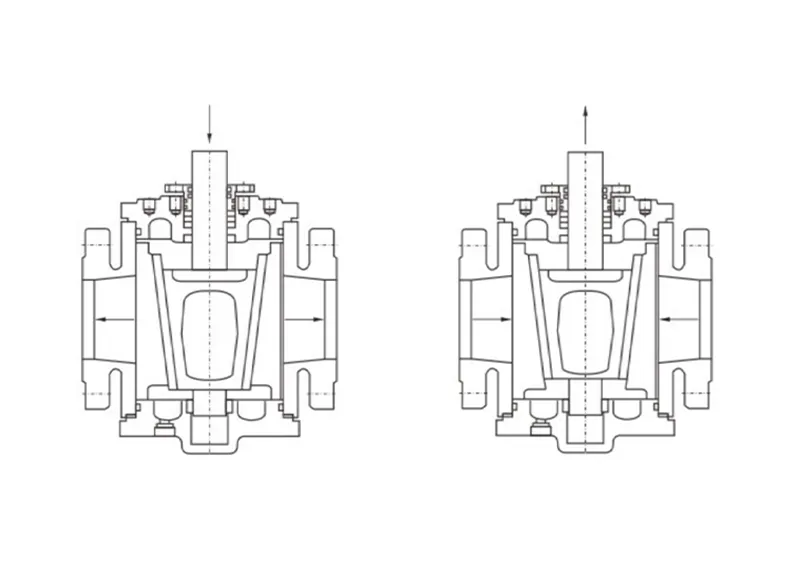
The operation of a DBB Plug Valve is based on the rotation of the plug. When the valve is in the open position, the port in the plug aligns with the flow path in the body, allowing fluid to pass through. As the actuator rotates the plug by 90 degrees or a specified angle, the solid part of the plug blocks the flow path, creating a seal against the upstream and downstream pressures. This dual block mechanism ensures that the fluid is effectively isolated on both sides of the valve.
The bleed function is another crucial aspect of the DBB Plug Valve. A small bleed port is incorporated in the valve design, usually located between the two blocking elements. When the valve is closed, the bleed port allows for the release of any trapped fluid or pressure between the double block, ensuring that the valve can be safely isolated and maintained without the risk of pressure build-up or fluid entrapment.
3.Advantages
3.1 Reliable Shut-off
The DBB Plug Valve offers excellent sealing capabilities, providing a positive shut-off that prevents fluid leakage even under high pressure and temperature conditions. The dual block design ensures that the fluid is effectively isolated, reducing the risk of process contamination and improving overall safety.
3.2 Compact Design
Compared to other types of valves, such as gate valves or ball valves, DBB Plug Valves have a more compact design. This makes them ideal for installations where space is limited, such as in offshore platforms, skid-mounted systems, or congested piping layouts. Their smaller size also results in lower material costs and easier handling during installation and maintenance.
3.3 Versatility
DBB Plug Valves can handle a wide range of fluids, including liquids, gases, and even some slurries. They are suitable for various industries, such as oil and gas, petrochemical, chemical, power generation, and water treatment. The valves can operate under different pressure and temperature ranges, making them a versatile choice for diverse applications.
3.4 Easy Operation and Maintenance
The simple and robust design of DBB Plug Valves allows for easy operation and maintenance. The manual or automated actuation options provide convenient control of the valve position. Maintenance tasks, such as seal replacement or plug inspection, can be performed relatively quickly and without the need for specialized tools or extensive downtime.
4.Applications
4.1 Oil and Gas Industry
In the oil and gas sector, DBB Plug Valves are extensively used in drilling, production, and processing facilities. They are employed in wellhead control systems to isolate the wellbore during maintenance or emergency situations. In production facilities, these valves are used for pipeline isolation, allowing for safe and efficient maintenance and repair of equipment without interrupting the entire production process. Additionally, DBB Plug Valves are utilized in gas processing plants for isolating different process units and ensuring the safe handling of natural gas and associated liquids.
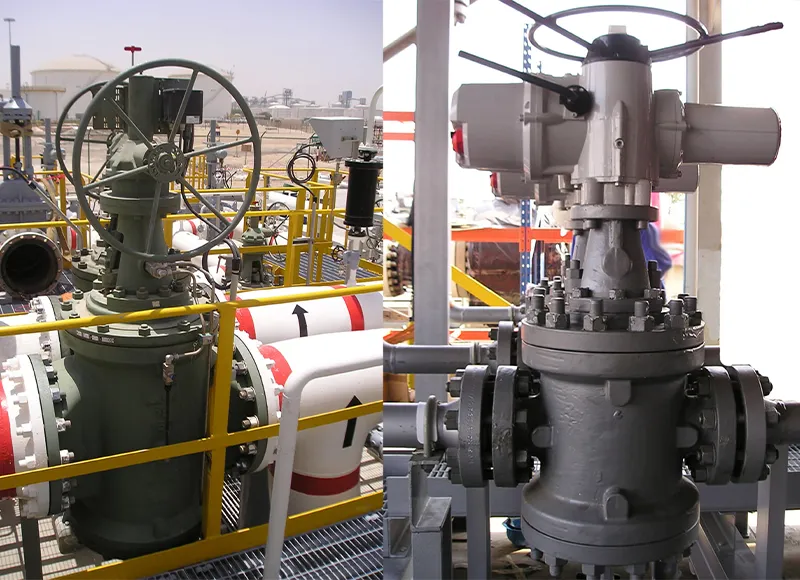
4.2 Petrochemical and Chemical Industry
The petrochemical and chemical industries rely on DBB Plug Valves for their ability to handle corrosive and hazardous chemicals. These valves are used in reactor systems to isolate the reaction chamber during maintenance or when changing the process conditions. They are also employed in pipeline networks to separate different chemical streams, preventing cross-contamination and ensuring the purity of the products. Furthermore, DBB Plug Valves are used in loading and unloading stations for chemicals, providing a reliable means of isolating the storage tanks and transport vessels.
4.3 Power Generation
In power plants, DBB Plug Valves play a crucial role in the steam and water circuits. They are used in boiler feedwater systems to isolate the feedwater pumps and heat exchangers during maintenance. In steam turbine systems, these valves are employed for isolating the steam lines, allowing for safe inspection and repair of the turbine components. The ability of DBB Plug Valves to withstand high temperatures and pressures makes them suitable for use in both fossil fuel-fired and nuclear power plants.
4.4 Water Treatment
For water treatment applications, DBB Plug Valves are utilized in filtration systems, chemical dosing units, and distribution networks. They help in isolating different treatment stages, such as sedimentation tanks, filters, and disinfection units, enabling efficient maintenance and process optimization. The valves' resistance to water and chemical corrosion ensures their long-term reliability in these applications.
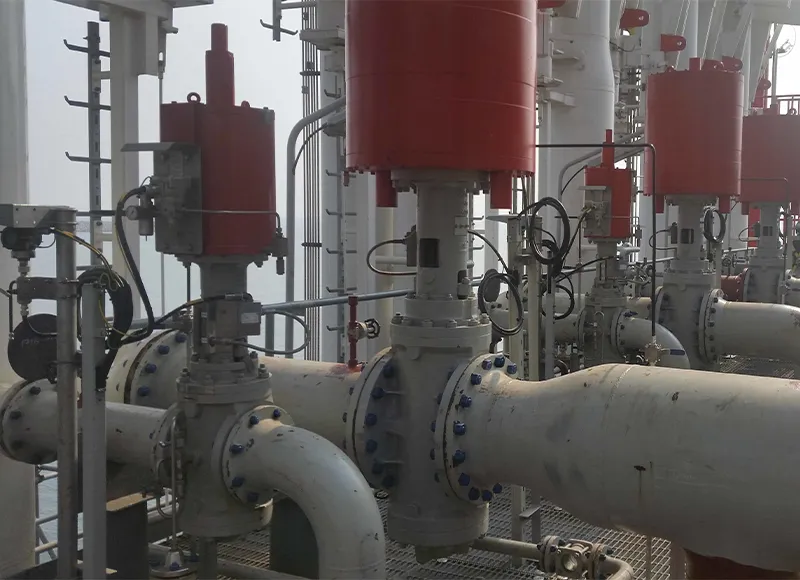
5.Selection Criteria
5.1 Fluid Characteristics
When selecting a DBB Plug Valve, it is essential to consider the properties of the fluid being handled. Factors such as fluid viscosity, corrosiveness, and presence of particulates should be taken into account. For highly corrosive fluids, the valve materials should be chosen accordingly, such as using stainless steel or other corrosion-resistant alloys. If the fluid contains abrasive particles, a valve with a hardened plug and seat may be required to prevent excessive wear.
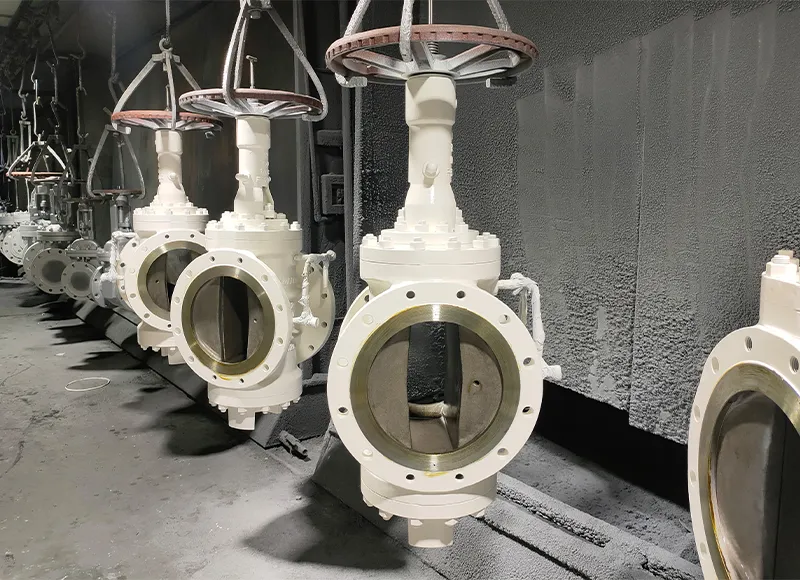
5.2 Pressure and Temperature Ratings
The pressure and temperature ratings of the DBB Plug Valve must match the operating conditions of the system. It is crucial to select a valve that can withstand the maximum pressure and temperature expected during normal operation and potential transient conditions. The valve's pressure rating should be determined based on the pipeline pressure class, and the temperature rating should consider the fluid temperature as well as the ambient temperature in the installation environment.
5.3 Actuator Requirements
The choice of operation method depends on the specific application and control requirements. Manual actuation is suitable for applications where frequent operation is not necessary, and the valve can be easily accessed by the operator. However, for automated processes or remote locations, pneumatic, hydraulic, or electric actuators may be more appropriate. The actuator size and torque capacity should be selected based on the valve size and the required operating speed.
6.Installation and Maintenance
6.1 Installation
Proper installation of the DBB Plug Valve is crucial for its reliable operation and long service life. The valve should be installed in a location that is easily accessible for operation and maintenance. The pipeline should be properly aligned with the valve, and adequate support should be provided to prevent excessive stress on the valve body. If the valve is installed in a horizontal pipeline, it is recommended to position the stem vertically upwards to facilitate easy operation and prevent the accumulation of debris in the valve cavity.
Before installing the valve, the pipeline should be cleaned to remove any dirt, debris, or welding slag that may cause damage to the valve or affect its sealing performance. The end connections should be tightened according to the manufacturer's specifications, ensuring a leak-tight seal. If a flanged connection is used, the gaskets should be properly selected and installed to match the pressure and temperature ratings of the system.
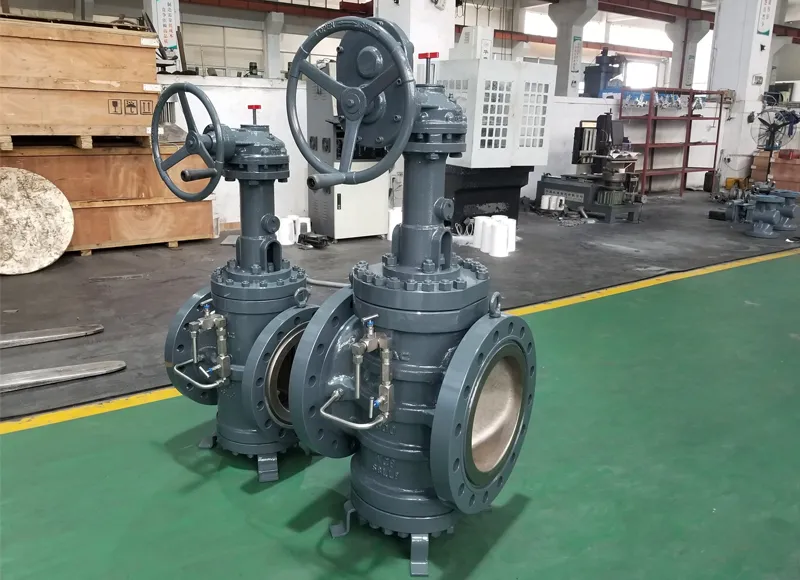
6.2 Maintenance
Regular maintenance of the DBB Plug Valve is necessary to ensure its continued reliable operation. The maintenance tasks include visual inspection of the valve body, stem, and actuator for any signs of damage, corrosion, or leakage. The seals should be inspected and replaced if any wear or damage is detected. Lubrication of the stem and actuator should be performed as per the manufacturer's recommendations to ensure smooth operation.
It is also important to periodically exercise the valve to prevent seizing or sticking of the plug. This can be done by opening and closing the valve several times, ensuring that the actuator is functioning correctly and the valve is operating within its specified torque limits. In case of any issues or abnormalities during operation, the valve should be isolated, and the problem should be investigated and rectified promptly.
7.Conclusion
The ZZJG DBB Plug Valve is a vital component in various industrial applications, providing reliable shut-off, compact design, versatility, and ease of operation and maintenance. Its unique dual block and bleed mechanism ensures the safe isolation of fluids, making it an ideal choice for critical process systems. By understanding the working principle, advantages, applications, selection criteria, and proper installation and maintenance practices, engineers and operators can effectively utilize DBB Plug Valves to enhance the safety, efficiency, and reliability of their industrial processes.
Next: Difference between plug valve and ball valve

